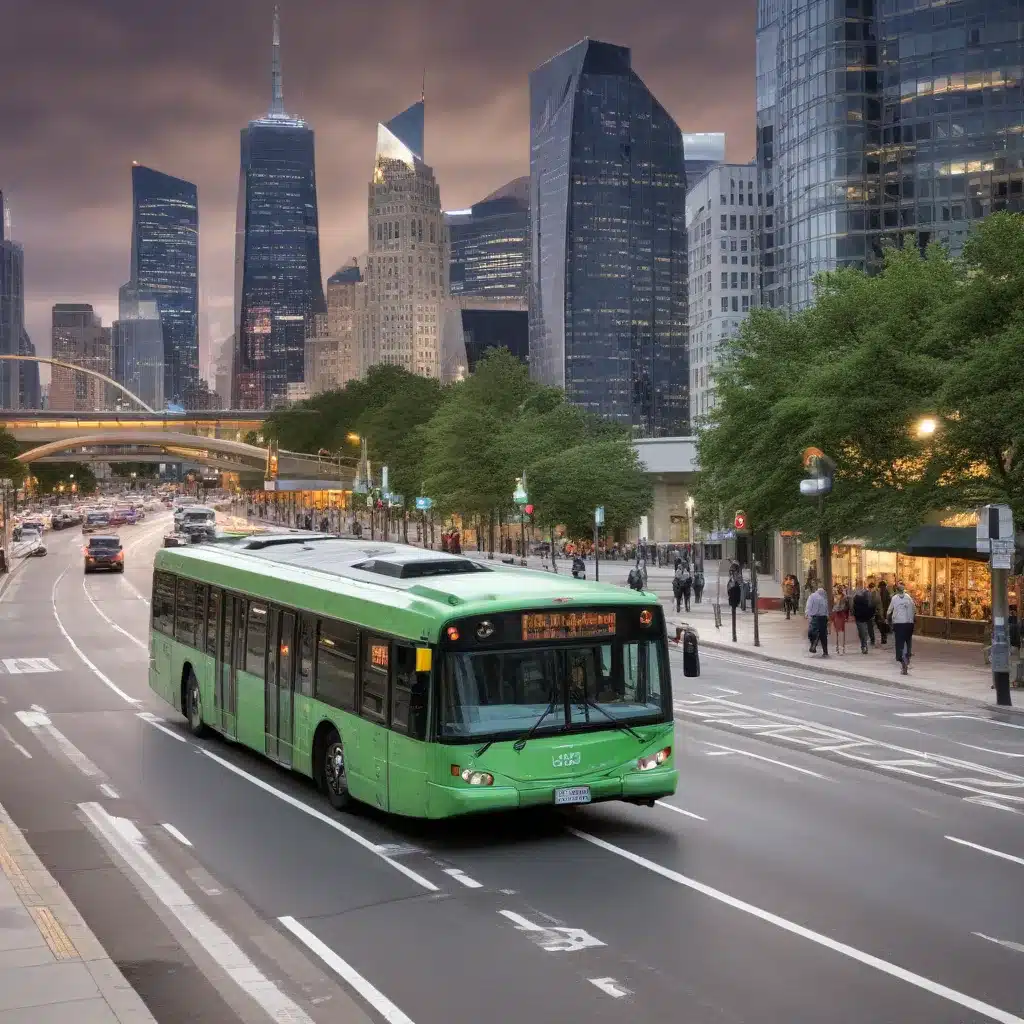
The transition toward sustainable transportation is a critical component of Europe’s broader decarbonization efforts. As the region strives to achieve its ambitious net-zero emissions goals, policymakers and industry leaders are exploring innovative strategies to improve the energy efficiency of mobility systems. This article examines the nexus between transportation and energy use, highlighting emerging technologies, optimization frameworks, and collaborative initiatives that are reshaping the future of sustainable mobility.
Energy Consumption in Mobility Systems
Transportation remains a significant contributor to Europe’s energy demands and environmental footprint. Passenger and freight movements account for nearly a quarter of the region’s total energy consumption, with the majority of this energy derived from fossil fuels. Factors influencing the energy intensity of mobility systems include vehicle characteristics, driving patterns, infrastructure design, and intermodal integration.
To address this challenge, researchers are developing advanced computational models and data-driven analytics to better understand the complex relationships between transportation, energy usage, and environmental impacts. The Transportation Energy & Mobility Pathway Options (TEMPO) model, for instance, is an all-inclusive transportation demand model that covers the entire United States and can be adapted to European contexts. This tool enables policymakers and industry stakeholders to explore long-term scenarios and assess synergies between transportation, energy supply, and environmental objectives.
Alternative Fuel Technologies
One of the most promising avenues for improving the energy efficiency of transportation is the widespread adoption of electric vehicles (EVs). By transitioning away from traditional internal combustion engines, EVs offer a path toward reducing direct emissions and lowering the carbon footprint of mobility. Advancements in battery technology, charging infrastructure, and vehicle-to-grid integration are further enhancing the energy efficiency and grid-balancing capabilities of electric transportation.
Alongside EVs, hybrid propulsion systems that combine internal combustion engines with electric motors are also gaining traction. These advanced powertrains can optimize energy use by selectively deploying the most efficient propulsion mode for a given driving condition, thereby minimizing fuel consumption and emissions.
Efficiency Optimization Strategies
Improving the energy efficiency of transportation infrastructure is another crucial component of the sustainable mobility equation. Innovative design approaches, such as predictive traffic management and smart intersection control, can help reduce energy-intensive congestion and idling. Additionally, the integration of renewable energy sources, such as solar-powered charging stations and wind-assisted propulsion for ships, can further enhance the environmental benefits of mobility systems.
Vehicle design innovations, including lightweight materials, aerodynamic enhancements, and regenerative braking systems, are also contributing to improved energy efficiency. By incorporating these advancements, vehicle manufacturers can reduce the energy required to move people and goods, ultimately lowering the overall environmental impact of transportation.
Integrated Mobility Solutions
To truly optimize the energy efficiency of mobility systems, a holistic, multimodal approach is essential. Integrating public transportation, micromobility solutions (e.g., e-bikes, scooters), and shared mobility services (e.g., car-sharing, ride-hailing) can help reduce reliance on private vehicles and encourage the use of more energy-efficient modes of transportation.
The emergence of smart city initiatives, which leverage advanced data analytics and Internet of Things (IoT) technologies, is further enhancing the energy efficiency of urban mobility. By collecting and analyzing real-time data on transportation patterns, these initiatives can inform dynamic routing, vehicle-to-infrastructure (V2I) communication, and demand-responsive services, ultimately reducing energy consumption and emissions.
Renewable Energy Integration
The decarbonization of transportation cannot be achieved in isolation; it must be coupled with the increased integration of renewable energy sources into the overall energy mix. Initiatives such as solar-powered charging stations for EVs and wind-assisted propulsion for maritime vessels are prime examples of how renewable energy can be seamlessly integrated into mobility systems.
Beyond these direct applications, the life-cycle assessment of transportation solutions is crucial to understanding their true environmental impact. By considering the energy and emissions associated with the production, use, and disposal of vehicles and fuels, policymakers and industry leaders can make more informed decisions and develop comprehensive strategies for sustainable mobility.
Analytical Frameworks
To effectively evaluate the energy efficiency and environmental performance of transportation systems, advanced analytical frameworks and metrics are essential. Life-cycle assessment (LCA) techniques, for instance, provide a comprehensive view of the energy and emissions associated with the entire lifecycle of a transportation solution, from raw material extraction to end-of-life disposal.
Complementing LCA, energy efficiency metrics such as fuel economy, energy intensity, and greenhouse gas emissions per passenger-kilometer enable policymakers and industry stakeholders to benchmark and compare the performance of different transportation modes and technologies.
Policy and Regulatory Landscape
The transition toward sustainable transportation is not solely a technological challenge; it also requires a supportive policy and regulatory environment. Emission standards, incentive programs, and infrastructure investment strategies are critical levers for driving the adoption of energy-efficient mobility solutions.
Throughout Europe, policymakers are implementing a range of measures to encourage the uptake of clean transportation technologies. These include vehicle emissions regulations, tax credits and rebates for EV purchases, and the deployment of charging infrastructure to support the growing EV market.
Societal Impacts
The shift toward sustainable transportation holds the potential to deliver significant benefits to society, both in terms of environmental preservation and economic opportunities. By reducing energy consumption and emissions, sustainable mobility can contribute to improved air quality, reduced greenhouse gas emissions, and enhanced public health outcomes.
Moreover, the transition to clean transportation technologies can spur innovation, job creation, and economic growth. The development and manufacturing of EVs, hydrogen-powered vehicles, and other advanced mobility solutions present new avenues for industrial development and workforce upskilling, positioning Europe as a global leader in the burgeoning green economy.
As the European Union continues to chart its course toward a more sustainable future, the energy-efficiency nexus of transportation systems will be a crucial battleground. Through collaborative efforts among policymakers, industry stakeholders, and research institutions, the region can unlock the full potential of sustainable mobility and pave the way for a more energy-efficient and environmentally responsible transportation landscape.







